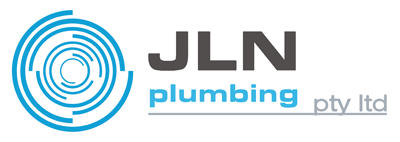Google also displays SERP features (non-standard results) to enhance the search experience. Search engines work by crawling, indexing, and ranking content on the internet. Search engines are somewhat secretive about the systems they use and constantly change them to improve search results. By optimizing your website and content according to these systems, you can gain more visibility. If you want to take a more guided approach to learning SEO or training your entire team, check out the Moz Academy SEO Essentials Certification. We’ve consolidated all the resources you need to learn SEO fundamentals alongside unique learning methods, task lessons and quizzes to test your knowledge.
On-page SEO
- Businesses can use paid social media campaigns to increase their brand authority and reach customers as never before.
- This guide will walk you through the essentials of SEO, covering its history, core concepts, and the techniques you need to boost your online presence.
- If you click on one of the pages, you can see all of the keywords that page already ranks for.
- Of course, search engines keep the exact calculations of their algorithms in secret.
Or, if you elect to employ “nofollow,” the search engines will not follow or pass any link equity through to the links on the page. By default, all pages are assumed to have the “follow” attribute. Once you’ve ensured your site has been crawled, the next order of business is to make sure it can be indexed. That’s right — just because your site can be discovered and crawled by a search engine doesn’t necessarily mean that it will be stored in their index. In the previous section on crawling, we discussed how search engines discover your web pages.
Competitor Analysis In Local SEO And How To Gain An Edge
Now that I knew my keyword’s Search Intent, it was time to create a piece of content that was 100% aligned with that intent. Of course, you don’t need to go through your list manually like this. You can always filter out keywords with high levels of keyword competition and super low search volumes. Compared to most paid keyword research tools, The Google Keyword Planner isn’t that great at coming up with keyword ideas. Link building is a set of practices aimed at increasing the number of links you get from relevant, quality sites.
To learn more about search-friendly site structures, check out our guide for ecommerce sites, for which a good URL structure is more important as they tend to be larger. It might be important for you to opt out your site as a whole or sections of it from appearing in search results. For example, you might not want your posts about your new embarrassing haircut to show up in search results. Google supports various ways that lets you opt out of crawling and indexing of your URLs. If you need to block some files, directories, or even your whole site from Google Search, check out our guide about ways to prevent content from appearing in search results.
A solid link building strategy should always include a variety of ways to get links, keeping your backlink profile as diverse as possible while still remaining relevant. First, it’s much more beneficial for your site to acquire long-term links on quality sites because they can keep growing in value over time. In the ideal world, all you would need to earn quality backlinks would be to create great content.
With a Semrush subscription or trial, you can get a personal keyword difficulty score (PKD%) for each keyword. Use the Semrush Local toolkit to streamline and improve your local SEO strategy. Use Semrush’s Site Audit tool to check your site for over 140 on-page and technical SEO issues. Technical SEO involves improving the BHS Links technical aspects of your website to enhance its search visibility.

